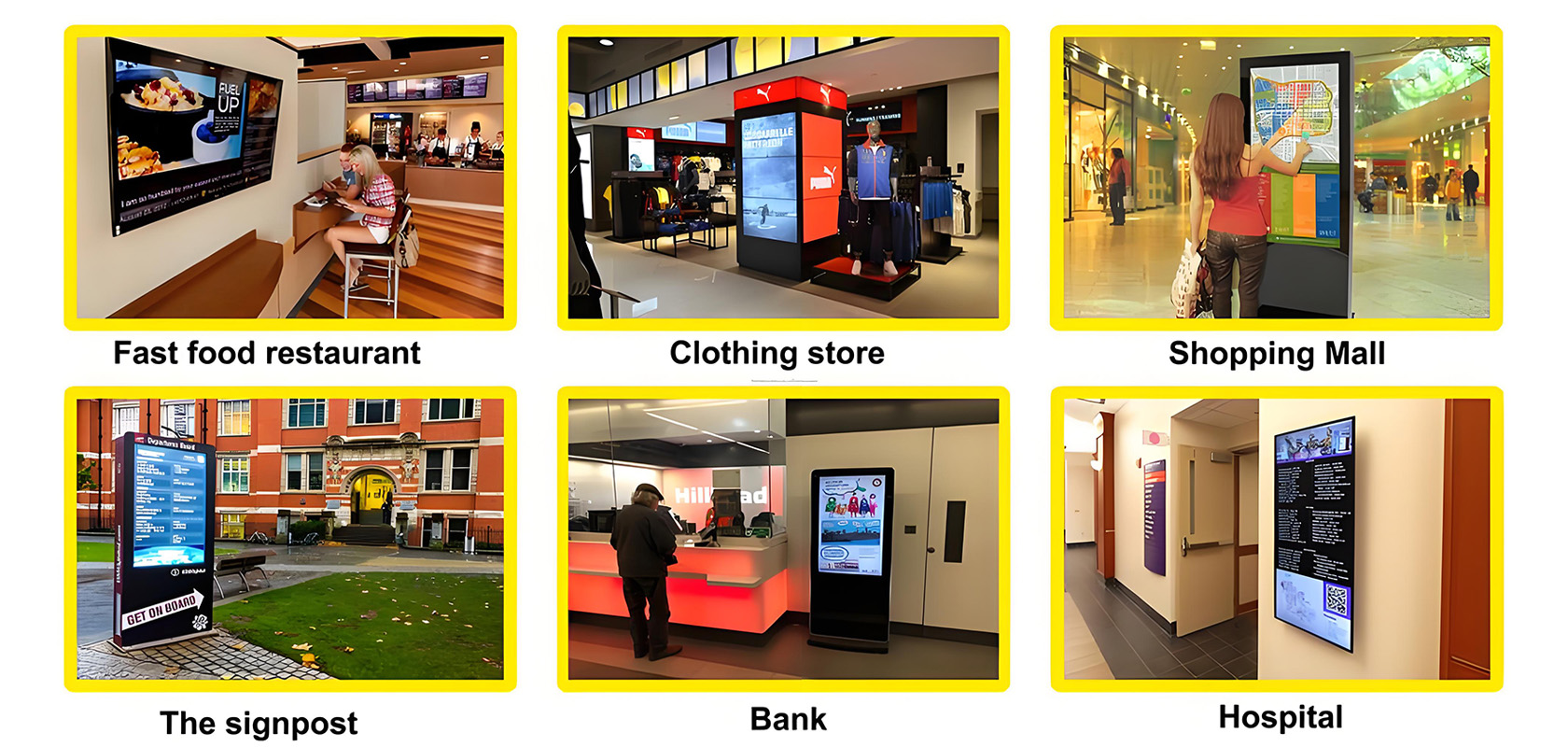Digital Signage for Museums and Exhibitions
In the realm of cultural institutions, museums and exhibitions stand as pillars of knowledge dissemination, artistic appreciation, and historical preservation. As these spaces evolve to meet the demands of a modern, tech-savvy audience, the integration of digital technology has become increasingly crucial. One such innovation that has revolutionized the way information is presented and experienced within these environments is digital signage. This article delves into the myriad benefits, applications, and considerations of implementing digital signage in museums and exhibitions, highlighting its transformative impact on visitor engagement, education, and overall experience.

The Evolution of Museum Communication
Traditionally, museums and exhibitions have relied on static displays, printed materials, and guided tours to convey information. While these methods are tried and true, they often fall short in capturing the attention of younger generations accustomed to dynamic, interactive content. The advent of digital signage marks a significant shift, offering a versatile platform that can adapt to various exhibition needs and audience preferences.
Digital signage encompasses a range of electronic displays, from large-scale video walls to interactive kiosks and touchscreens, each designed to enhance visual communication and interactivity. These systems leverage high-definition imagery, video content, animations, and real-time data to deliver immersive experiences that resonate with visitors on a deeper level.
Enhancing Visitor Engagement
One of the primary advantages of digital signage in museums and exhibitions is its ability to captivate and engage visitors. Unlike static exhibits, digital displays can present information in a visually stimulating and dynamic manner, making it easier to hold the attention of diverse audiences. For instance, interactive touchscreens can allow visitors to explore detailed information about exhibits at their own pace, delving deeper into topics of interest.
Moreover, digital signage can incorporate multimedia elements such as audio narratives, video interviews with experts, and virtual reconstructions of historical events or artifacts. This multimedia approach not only enriches the visitor's understanding but also makes the learning process more enjoyable and memorable. By creating an immersive environment, museums can transform passive viewers into active participants, fostering a sense of curiosity and discovery.
Educational Enhancement
Education lies at the heart of most museum and exhibition mandates. Digital signage offers a powerful tool for enhancing educational outcomes by providing accessible, up-to-date, and engaging content. Interactive displays can cater to different learning styles, accommodating visual, auditory, and kinesthetic learners through a combination of text, images, videos, and hands-on activities.
Furthermore, digital signage can be used to present complex information in a clear and concise manner. Animations and infographics can simplify intricate concepts, making them more comprehensible to a broader audience. Real-time data integration, such as weather updates or current event feeds, can also keep content fresh and relevant, encouraging repeat visits.
Flexibility and Adaptability
Another key benefit of digital signage is its flexibility. Content can be easily updated or changed without the need for costly printing or physical alterations. This adaptability is particularly valuable for temporary exhibitions or events where content may change frequently. Museums can quickly adjust their digital displays to reflect new research findings, accommodate special exhibits, or respond to current events, ensuring that the information presented remains accurate and timely.
Additionally, digital signage can be tailored to specific audience segments. For example, content can be designed with children in mind, featuring interactive games and quizzes that make learning fun. Alternatively, more in-depth content can be provided for adult visitors seeking a deeper understanding of the exhibits.
Wayfinding and Information Dissemination
Navigating large museums and exhibitions can sometimes be overwhelming for visitors. Digital signage can significantly improve wayfinding by providing clear, intuitive maps and directional indicators. Interactive kiosks can offer personalized tour suggestions based on visitor interests, helping them make the most of their visit.
Moreover, digital displays can be used to disseminate important information such as opening hours, ticket prices, and upcoming events. This ensures that visitors are well-informed and can plan their visit accordingly, enhancing their overall experience.
Aesthetic and Design Considerations
While the functionality of digital signage is paramount, its aesthetic appeal should not be overlooked. Digital displays should be seamlessly integrated into the museum or exhibition's design, complementing the existing decor and enhancing the overall ambiance. High-quality screens with excellent resolution and color accuracy are essential for displaying artwork, photographs, and videos to their best advantage.
Furthermore, the placement of digital signage is critical. Displays should be positioned at eye level and in locations where they are most likely to be noticed and engaged with. Care should be taken to avoid overwhelming visitors with too much information or too many screens in close proximity.
Sustainability and Cost-Effectiveness
Digital signage can also contribute to a museum or exhibition's sustainability efforts. By reducing the need for printed materials, it helps to minimize waste and environmental impact. Additionally, the long-term cost-effectiveness of digital signage should not be underestimated. Although the initial investment may be higher, the ability to update content remotely and the durability of digital displays can lead to significant savings over time.
Digital signage has emerged as a game-changer for museums and exhibitions, offering a multitude of benefits that enhance visitor engagement, education, and overall experience. By leveraging the power of dynamic, interactive content, museums can create immersive environments that captivate and inform diverse audiences. The flexibility and adaptability of digital signage make it an invaluable tool for keeping content fresh and relevant, while its aesthetic and design considerations ensure that it complements the museum or exhibition's overall ambiance.
As museums and exhibitions continue to evolve, the integration of digital signage will undoubtedly play a pivotal role. By embracing this technology, cultural institutions can not only preserve and present their collections in innovative ways but also inspire a new generation of learners and enthusiasts. The future of museums and exhibitions is digital, and the possibilities are endless.
Application scenarios of digital signage

Tags:
self service kiosk touch kiosk digital signage interactive display interactive touch whiteboard kiosk video wall wall outdoor kiosk IP68 IP67 screen Shopping MallCurrent article link:
https://www.lcdkiosk.com/news/1312.html







